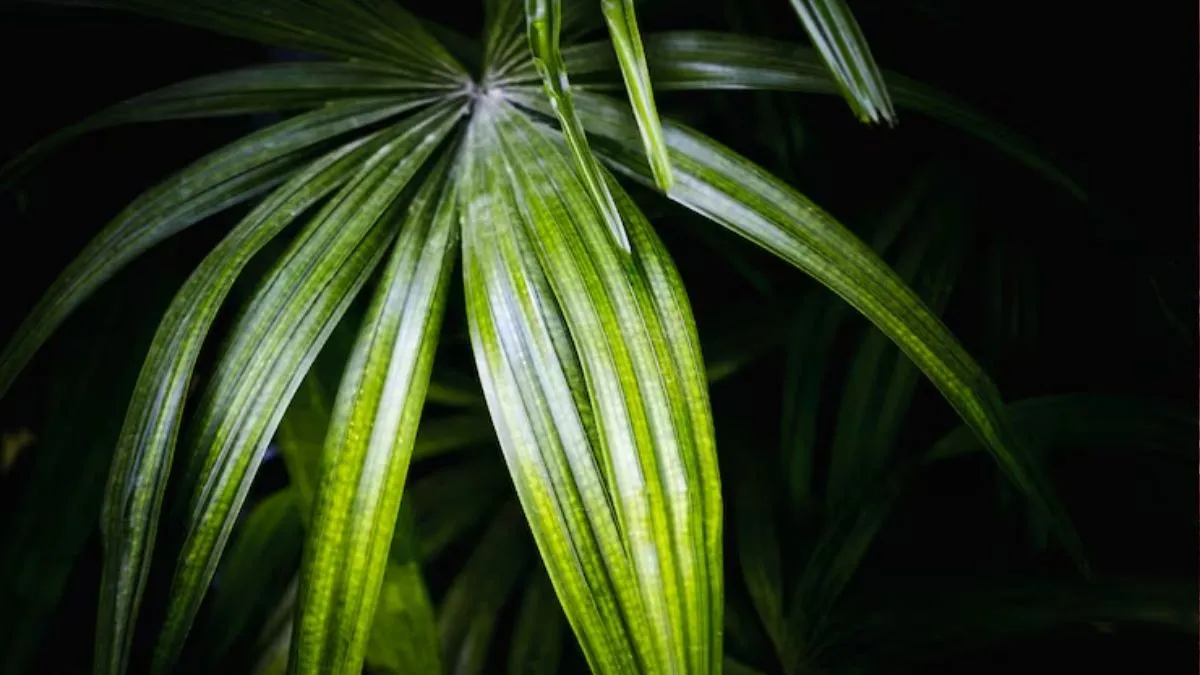
4 Real Plants That Naturally Glow In The Dark
While truly naturally bioluminescent plants do not exist in the plant kingdom, the effect is found abundantly in certain species of fungi and is now being achieved in plants through genetic engineering or nanotechnology coatings. If you are looking for organisms that genuinely glow in the dark without a black light or a phosphorescent coating, you must look to the fungi kingdom.
4 Real Plants That Naturally Glow In The Dark
Here are four organisms that create a nighttime glow, either naturally or through scientific means.
1. Naturally Bioluminescent Fungi
These organisms are not technically plants, but they live in the plant world and are the source of true, organic bioluminescence. Emits a faint, persistent, spooky greenish-blue aura from its caps or from the mycelium growing in decaying wood. This phenomenon, historically known as ‘foxfire’, is caused by a chemical reaction involving an enzyme called luciferase. It is believed to attract nocturnal insects to help disperse its spores.
:max_bytes(150000):strip_icc()/1-c8df7a54b5984cf094d622997f554d81.jpeg)
2. Jack-O'-Lantern Mushroom
These bright orange mushrooms, found growing on the base of trees or rotten wood, emit a faint greenish glow from their gills. The glow is bright enough to be seen with the naked eye in pitch-dark conditions. Like foxfire, the glow is an enzymatic reaction. This mushroom is sometimes mistaken for edible chanterelles, but its eerie nighttime glow gives it away.
Don't Miss: 7 Beginner-Friendly Plants To Kickstart Your Gardening Journey
3. Firefly Petunia
This genetically engineered petunia emits a soft, continuous, greenish-white moonlight glow that is most visible in complete darkness. The brightest glow comes from the flower buds. Scientists successfully inserted bioluminescent genes derived from glowing mushrooms into the petunia's DNA. The plant can sustain the glow 24/7 without needing a charge or chemicals. It is now legally sold as an ornamental plant in the U.S.

4. Glowing Succulents
These plants glow brilliantly in various colours for up to two hours after being exposed to bright light. They require charging from sunlight or an LED lamp. This method involves injecting or coating the leaves with non-toxic phosphorescent particles, the same technology used in glow-in-the-dark toys. Succulents work particularly well because of their leaf structure, which helps the particles disperse and shine brightly.
Image credits: Freepik
Don't Miss: How To Grow Papaya Plants Successfully
If you liked this story, then please share it. To read more such stories, stay connected to HerZindagi.